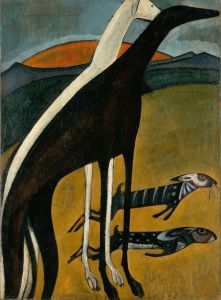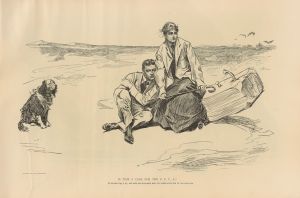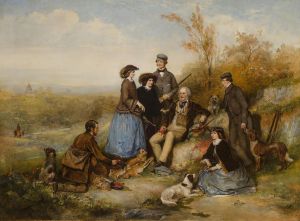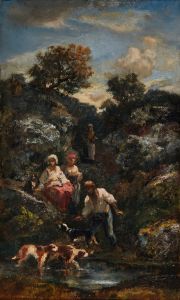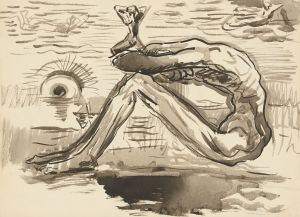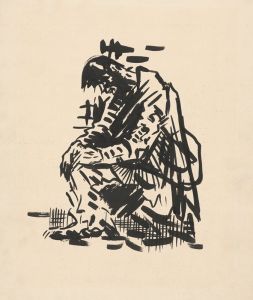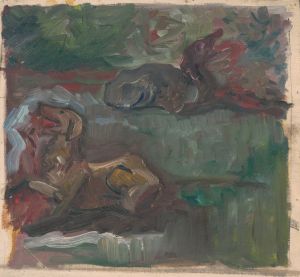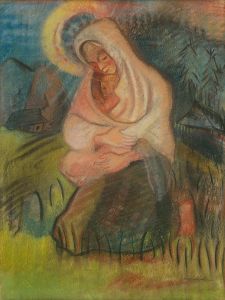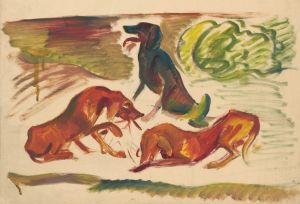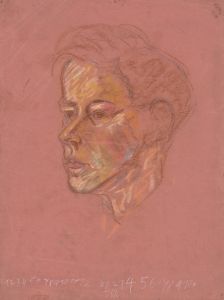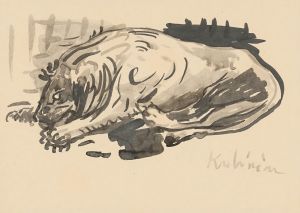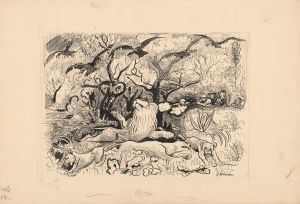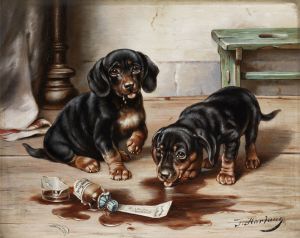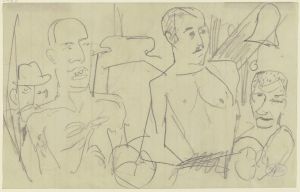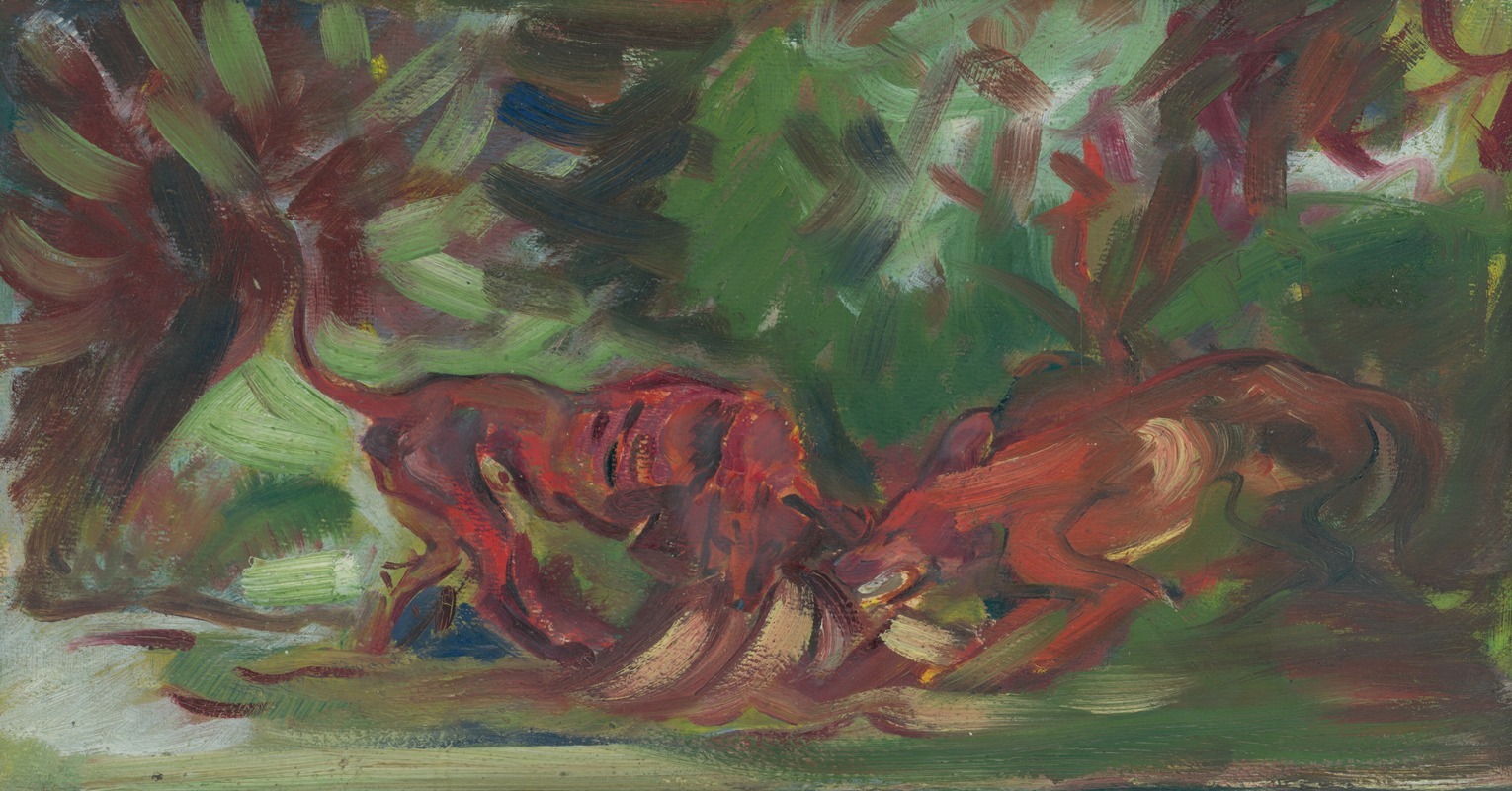
Dogs Fighting
A hand-painted replica of Arnold Peter Weisz-Kubínčan’s masterpiece Dogs Fighting, meticulously crafted by professional artists to capture the true essence of the original. Each piece is created with museum-quality canvas and rare mineral pigments, carefully painted by experienced artists with delicate brushstrokes and rich, layered colors to perfectly recreate the texture of the original artwork. Unlike machine-printed reproductions, this hand-painted version brings the painting to life, infused with the artist’s emotions and skill in every stroke. Whether for personal collection or home decoration, it instantly elevates the artistic atmosphere of any space.
Arnold Peter Weisz-Kubínčan was a Slovak painter known for his unique style and contribution to modern art in Slovakia during the early 20th century. However, specific information about a painting titled "Dogs Fighting" by Arnold Peter Weisz-Kubínčan is not readily available in historical records or art databases. Weisz-Kubínčan's body of work is not extensively documented in widely accessible sources, which makes it challenging to provide a detailed description or analysis of this particular painting.
Arnold Peter Weisz-Kubínčan was born in 1898 in Hungary, which later became part of Slovakia after World War I. He studied art in Budapest and Vienna, where he was influenced by the avant-garde movements of the time. His work often reflected a blend of expressionism and cubism, characterized by bold colors and dynamic compositions. Weisz-Kubínčan's art was deeply influenced by the socio-political changes in Central Europe during his lifetime, including the impact of both World Wars.
Throughout his career, Weisz-Kubínčan explored various themes, including the human condition, nature, and the complexities of modern life. His paintings often depicted scenes of everyday life, infused with a sense of emotional depth and psychological insight. Despite his talent and innovative approach, Weisz-Kubínčan's work did not gain significant recognition during his lifetime, partly due to the turbulent historical context and his untimely death in 1945.
The lack of specific information about "Dogs Fighting" could be attributed to several factors. Firstly, many of Weisz-Kubínčan's works were lost or destroyed during World War II, which significantly impacted the preservation and study of his oeuvre. Additionally, the political climate of the time, including the rise of fascism and the subsequent communist regime in Eastern Europe, may have contributed to the marginalization of his work.
In recent years, there has been a renewed interest in Weisz-Kubínčan's art, with efforts to rediscover and re-evaluate his contributions to Slovak and European modernism. Exhibitions and publications have sought to shed light on his life and work, highlighting his role as a significant yet underappreciated figure in the history of art.
While specific details about "Dogs Fighting" remain elusive, it is important to recognize Arnold Peter Weisz-Kubínčan's broader artistic legacy. His work continues to inspire and intrigue art historians and enthusiasts, serving as a testament to the resilience and creativity of artists working under challenging circumstances. As more research is conducted and new information emerges, it is hoped that a fuller understanding of Weisz-Kubínčan's contributions, including works like "Dogs Fighting," will be achieved.





